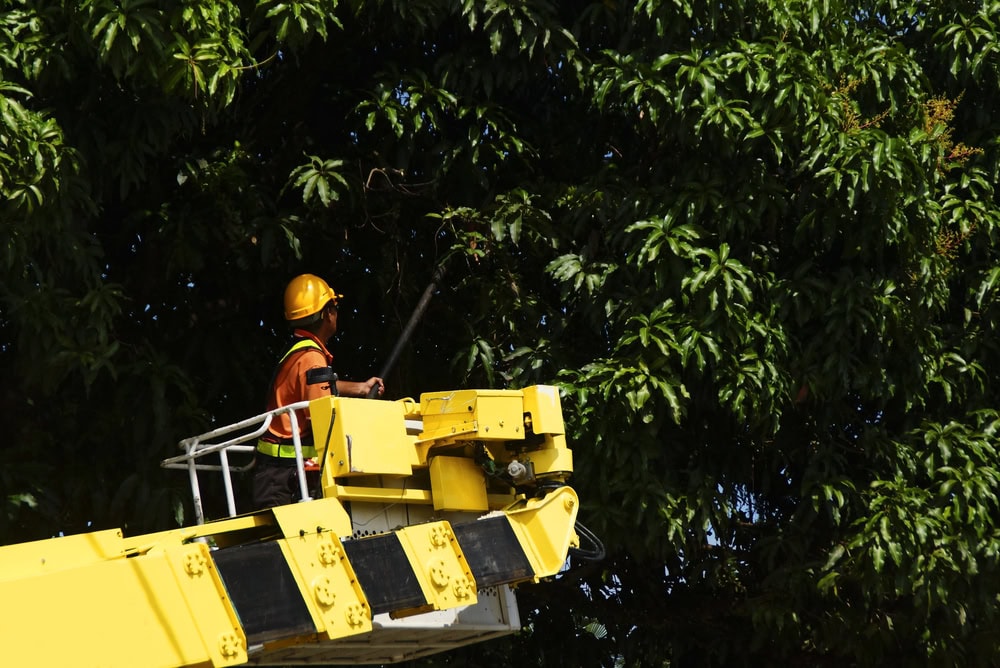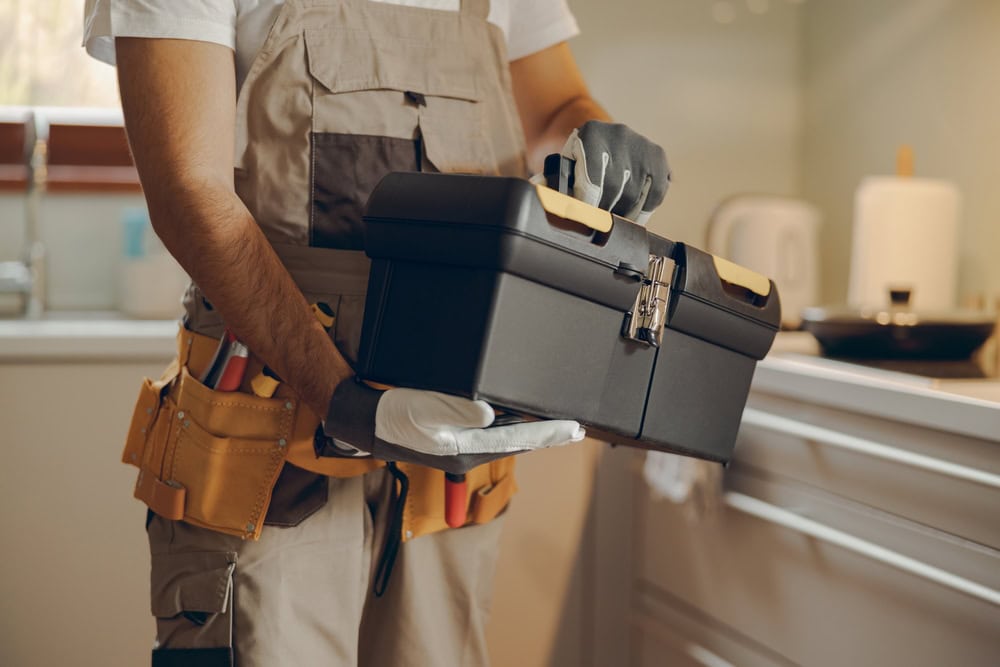What is the Scope of the C-61 Limited Specialty License?
If you’re preparing for the California contractor license exam and considering a C-61 Limited Specialty License, you’re likely wondering: What exactly does this license cover, and how can it shape your contracting career? As an experienced contractor and mentor, I’ve seen how the C-61 license opens doors for skilled tradespeople in niche fields. Let’s break … Read more










